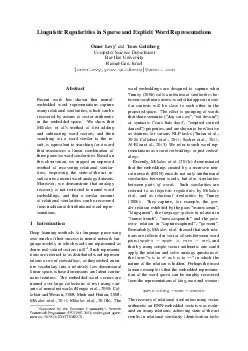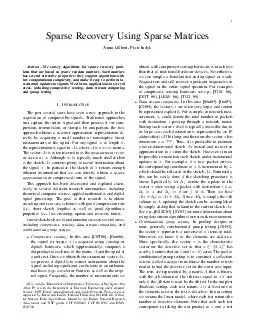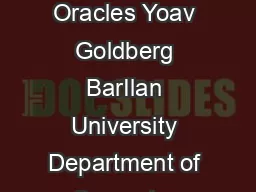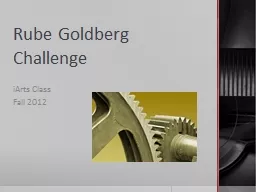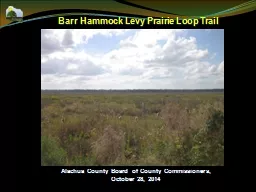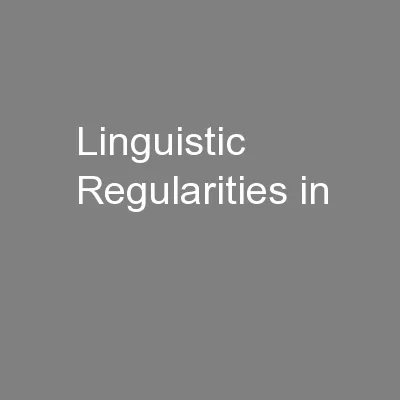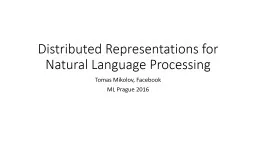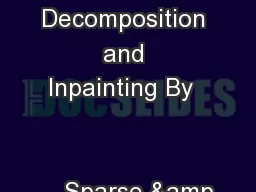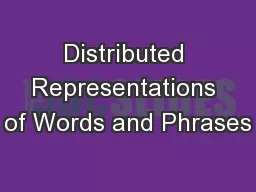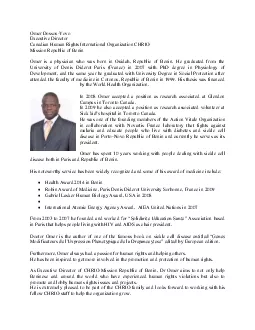PDF-Linguistic Regularities in Sparse and Explicit Word Representations Omer Levy and Yoav
Author : natalia-silvester | Published Date : 2014-12-17
goldberg gmailcom Abstract Recent work has shown that neural embedded word representations capture many relational similarities which can be recovered by means of
Presentation Embed Code
Download Presentation
Download Presentation The PPT/PDF document "Linguistic Regularities in Sparse and Ex..." is the property of its rightful owner. Permission is granted to download and print the materials on this website for personal, non-commercial use only, and to display it on your personal computer provided you do not modify the materials and that you retain all copyright notices contained in the materials. By downloading content from our website, you accept the terms of this agreement.
Linguistic Regularities in Sparse and Explicit Word Representations Omer Levy and Yoav: Transcript
Download Rules Of Document
"Linguistic Regularities in Sparse and Explicit Word Representations Omer Levy and Yoav"The content belongs to its owner. You may download and print it for personal use, without modification, and keep all copyright notices. By downloading, you agree to these terms.
Related Documents

